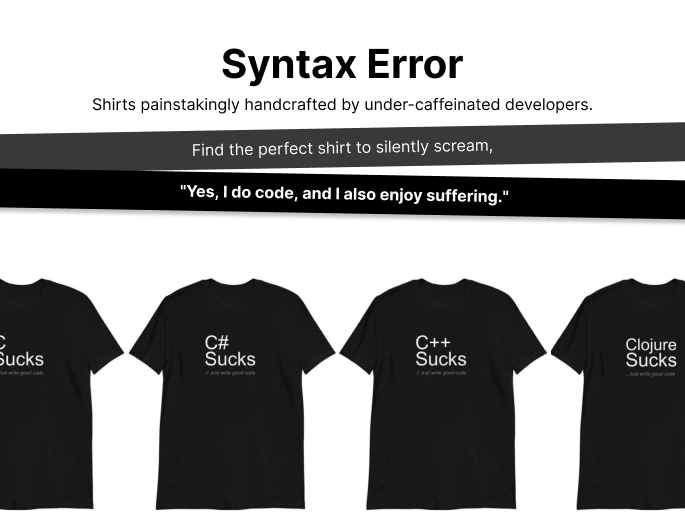Source: thenewstack.io
How to Cut Through a Thicket of Kubernetes ClustersWe think you might be interested in this job:
Prismatic
But why not install Kubernetes clusters on our own from scratch so that we have everything under our own control?
As platform engineers, we need to manage and maintain dozens, hundreds or even thousands of Kubernetes clusters using different platforms and solutions — what is often described as Kubernetes cluster sprawl.
Package management: There are plenty of additional components you might need to get installed on your Kubernetes clusters.
Related Articles
Community Partners
DevOps Careers






